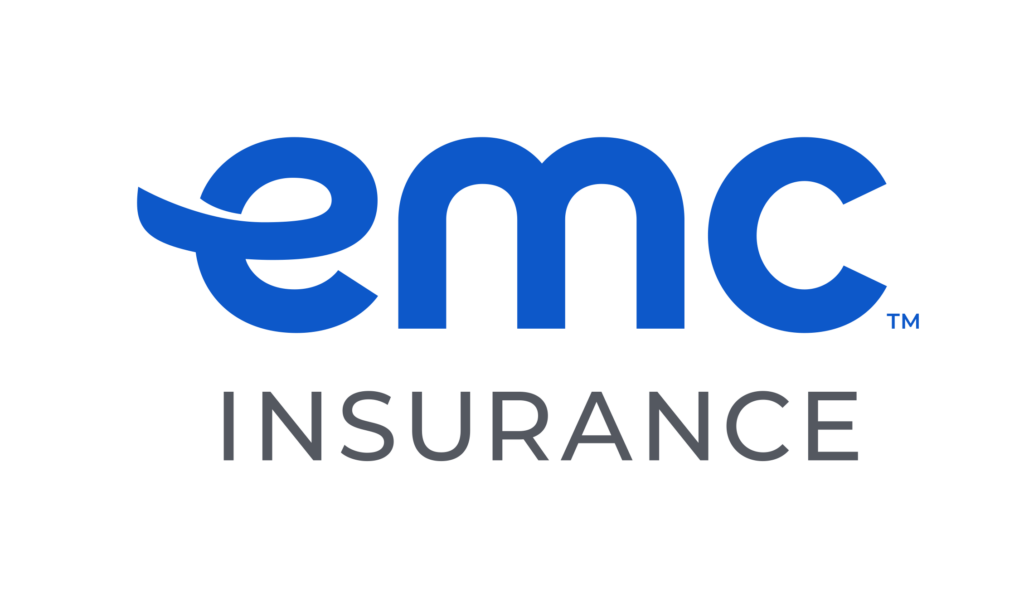In volatile times, a low beta can be comforting

Dear Mr. Berko:
I am a very conservative investor with $19,000 to invest, but this market volatility makes me uncomfortable. Could you please explain the concept of beta to me and how it works? And could you recommend three to four high-quality issues with a low beta that won’t give me a heart attack when I open the financial section and see that the Dow has gone up or down 200 points? Thank you!
E.L., Springfield, Ill.
Dear E.L.:
Beta is the second letter of the Greek alphabet. Many years ago, when the Lord’s dog was just a puppy and I was a small lad, I had a cat called Beta, because it was the second cat in a litter of nine. I taught Beta to swim under water, fetch a pencil and meow on cue. He was literally and figuratively more fun than a barrel of monkeys.
However, in the stock-picking business, the “beta” of a stock is a number that describes the relationship of a stock’s price volatility to the stock market’s. A beta of 0 tells us that the movement of the stock’s price has no relationship to the movement of the stock market. A positive beta tells us that the change in the price of a stock follows the market, and a negative beta suggests that a stock inversely follows the market.
Here’s a simple explanation of the beta concept. A stock with beta of 1 is neither more nor less volatile than the market. So if the market moves up 10 percent, a $20 stock with a beta of 1 is likely to move up 10 percent to $22. If the market drops 10 percent, that $20 stock is likely to fall in price to $18. A beta of 1.5 suggests that if the market moves up or down 10 percent, a $20 stock will probably rise 15 percent to $23 or fall 15 percent to $17.
Now, if a stock has a beta of less than 1, its price change will be less than that of the market. For instance, if a $20 stock has a beta of 0.5 and the market rises 10 percent, that stock will rise to $21. Conversely if the market falls by 10 percent, that stock will drop 1 point to $19. So a beta above 1 suggests that a stock or a portfolio will perform more aggressively than the market, and a beta below 1 suggests that a stock or portfolio will be less volatile than the market.
Johnson & Johnson (JNJ-$63.60) has a beta of 0.6. I think JNJ is a dandy issue to own in a very conservative portfolio for investors who seek low risks. The current dividend yields 3.4 percent; it has been raised in each of the past 20 years. This $62 billion health-care company is a favorite of many long-term growth and income investors.
PepsiCo Inc. (PEP-$66.50) yields 2.9 percent and also has a beta of 0.6. In addition to its beverage business, PEP is also Fritos, Doritos, Cheetos, Ruffles, Aunt Jemima, Rice-A-Roni, Tropicana, Quaker Foods and cereals. This $57 billion revenue company has an enviable record of revenue, earnings and dividend growth, as well as excellent prospects for future growth.
Kellogg Co. (K-$50.80) yields 3.2 percent and has a beta of 0.55. K is the world’s largest cereal manufacturer. Kellogg is in the midst of a huge cost-reduction program that within three years should save the company more than $1 billion annually and add nearly 75 cents per share to earnings by 2014. This is a top-quality equity for investors who want to steer clear of current market volatility.
Please address your financial questions to Malcolm Berko, P.O. Box 1416, Boca Raton, Fla. 33429 or e-mail him at malber@adelphia.net. ©2010 Creators.com











